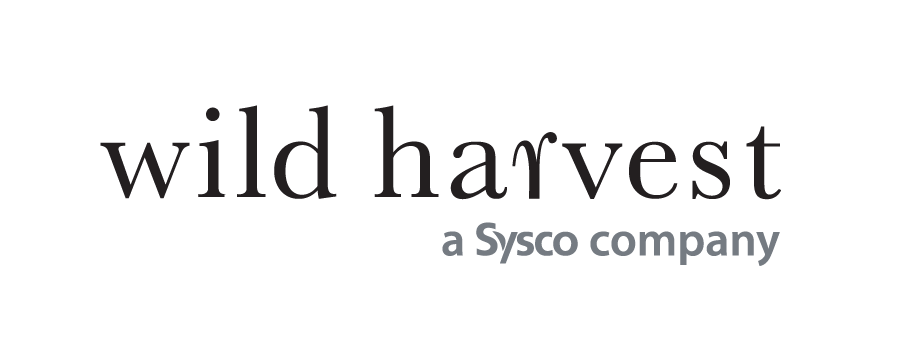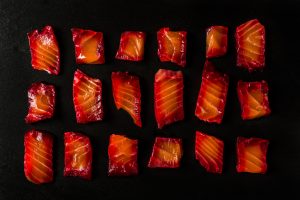As we lurch forward into a new decade, the minds and tastes of the food world slide into a new gear. While trends in this industry can often be fly-by-night, there are a number of movements at play which are having a significant impact on consumer behaviour and expectation.
The environment is a key area to focus on going forward, with dining decisions increasingly being based on sustainability, ethical and responsible sourcing of ingredients, as well as how a business supports its local community. Conscious consumerism will rise in the months ahead, where diners begin to give serious thought to the kinds of businesses they choose to be a patron. This will play big in that all important repeat custom, with organisations like 1% For The Planet and B Corps being leaders in this field.
- EXPLORING OAT MILK: While dairy dodgers have driven up the demand for milk alternatives such as almond mylk and soya, it’s oat mylk that boasts the strongest sustainability credentials. However, beyond being the vogue choice for your flat white, oat mylk is being explored for a number of culinary uses in the form of both yogurt and ice cream. While Oatly have launched retail ice creams in the supermarkets, independent ice cream businesses have been quick to adapt, strengthening their vegan options ready for summer. Brooklyn’s Van Leeuwen Ice Cream now has seven oat mylk based flavours including earl grey and cookies, chocolate cookie dough crunch and strawberry. Now is most certainly the time to explore the uses of oat mylks further.
- SINGAPOREAN FOOD: Hot newcomers to London’s food scene are exploring the diversity of the foods most commonly associated with Singapore. From kaya jam – made from coconuts and slathered on toast alongside two coddled eggs – to the omnipresent Hainanese chicken rice, expect to see more from this tiny country and it’s staggering reputation for exemplary street food. As this area gets explored, we’ll see classic crab dishes made with both black pepper and chilli, as well as char kway teow, roti prata and of course deeply indulgent satay.
- TEMPEH: Another year, another meat alternative. However, tempeh is no new food product and harks back to the older, less glamorous age of the vegan. Historically this fermented product was dry, tough and generally didn’t taste particularly good, thanks in no small part to bad food preparation. However, today tempeh is taking on a new lease of life infused and marinated in a plethora of bright, exotic and interesting flavours. With the rise of salad bowls that deliver heft and complexity, this Indonesian favourite could bolster your offering beyond pan fried tofu.
- LEFTFIELD FLOURS: Among Whole Foods’ 2020 food trend predictions is a nod in the direction of alternative flours. Beyond the likes of spelt, buckwheat and gram flour, they’re seeing a rise in those made from lentils, banana and coconut. You might also be interested to hear they’ve seen a rise in teff flour, which simultaneously coincides with the rise in popularity of Ethiopian cuisine – particularly injeera – a flatbread the size of a bicycle wheel made from the aforementioned teff flour.
- BLUE FOOD: Both chefs and producers are finding ways to bring a vibrant blue colour to dishes, drinks and snacks, which is turning heads and generating a healthy dose of social media exposure. From ‘unicorn lattes’ to blue tinged health snacks, chefs and producers are finding ways to deliver a striking blue hue to dishes, drinks and bar snacks. By using edible algae like chlorella, E3 Blue Majik and spirulina, the dazzling blue colour is being explored in ‘unicorn lattes’ as well as a wide variety of smoothie bowls, cocktails and sauces. Eat Lah, a London based street food operator has been knocking out Malaysian fare on a signature blue rice, while many Mexican tacquerias in the city use tortillas made from blue corn flour.


